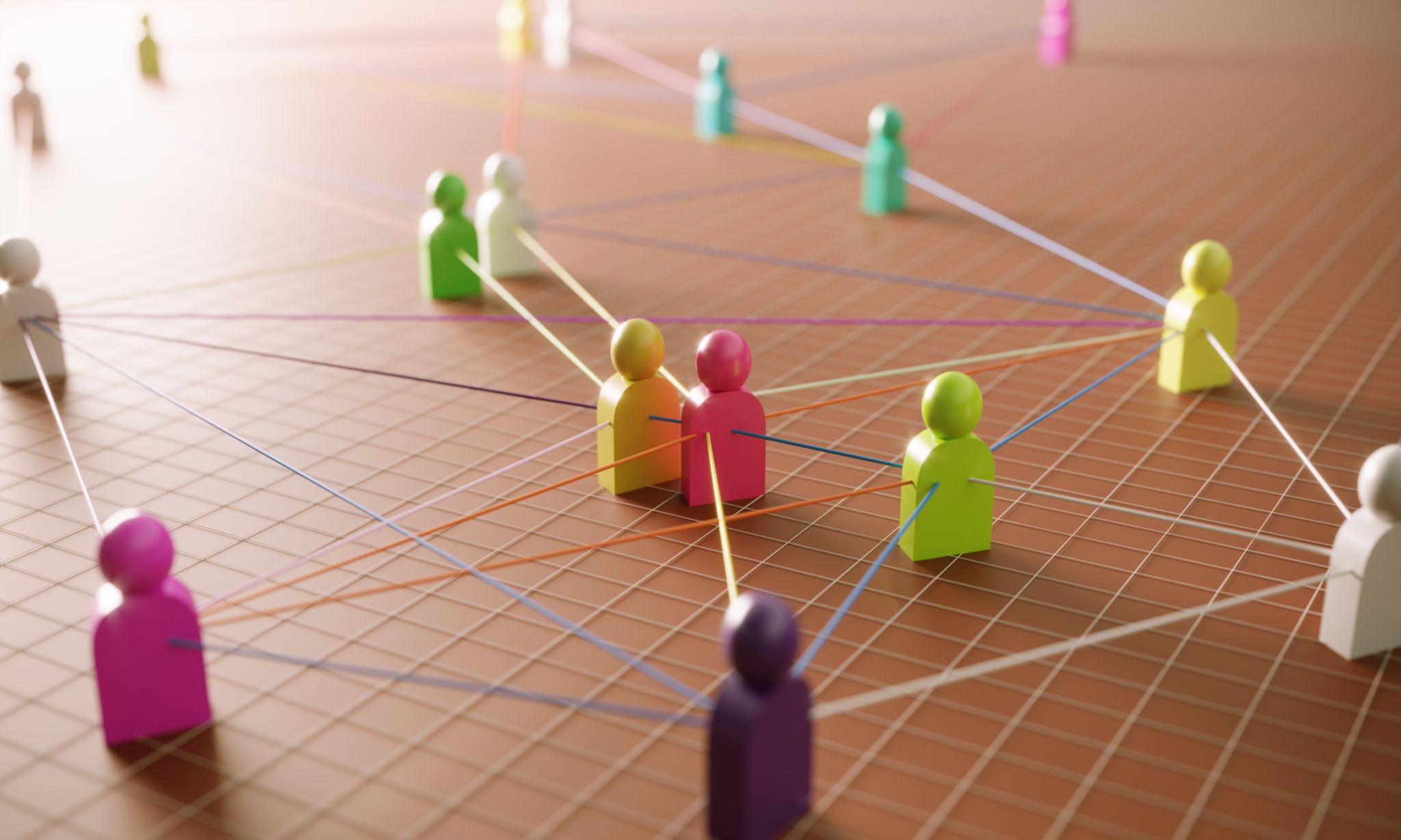Comprehensive Guide to Collision Estimating in San Francisco
Understanding Collision Estimating
Collision estimating is a crucial process in the auto repair industry, especially in a bustling city like San Francisco. It involves assessing the damage to a vehicle and determining the cost of repairs. Accurate estimates ensure that customers receive fair pricing and that repair shops maintain profitability. This guide will walk you through the essentials of collision estimating, highlighting key factors and best practices.

Key Components of a Collision Estimate
When creating a collision estimate, several components must be considered. These include the cost of parts, labor, and any additional services required. Parts pricing can vary widely depending on whether OEM (Original Equipment Manufacturer) or aftermarket parts are used. Labor costs also fluctuate based on the complexity of the repairs and the expertise required.
The Role of Technology in Estimating
With advancements in technology, collision estimating has become more precise and efficient. Software solutions now allow estimators to input vehicle details and damage specifics to receive accurate cost predictions. This technology reduces human error and speeds up the estimating process, ensuring customers get their vehicles back on the road faster.

Challenges in Collision Estimating
Estimators often face challenges such as hidden damages that are not visible during the initial inspection. These can lead to revised estimates and potential customer dissatisfaction. It's essential to communicate openly with customers about possible changes and ensure they understand the process.
Best Practices for Accurate Estimations
To improve accuracy, estimators should follow certain best practices. These include conducting thorough inspections, using updated software, and continuously educating themselves on industry trends. Building strong relationships with parts suppliers can also lead to better pricing and availability, impacting the estimate positively.

Legal and Insurance Considerations
Collision estimating in San Francisco also involves navigating legal and insurance considerations. Estimators must understand the regulations surrounding auto repairs and ensure compliance to avoid legal issues. Working closely with insurance companies can streamline claim processes, benefiting both the repair shop and the customer.
Customer Communication and Education
Effective communication with customers is vital in collision estimating. Providing clear, detailed estimates and educating customers about the repair process can enhance trust and satisfaction. Offering to answer questions and explaining the reasoning behind estimates helps demystify the process.

Conclusion
Collision estimating is an integral part of the auto repair industry in San Francisco. By understanding its core components, leveraging technology, and adhering to best practices, estimators can deliver accurate and efficient services. This not only helps in maintaining customer satisfaction but also supports the growth and reputation of repair shops.